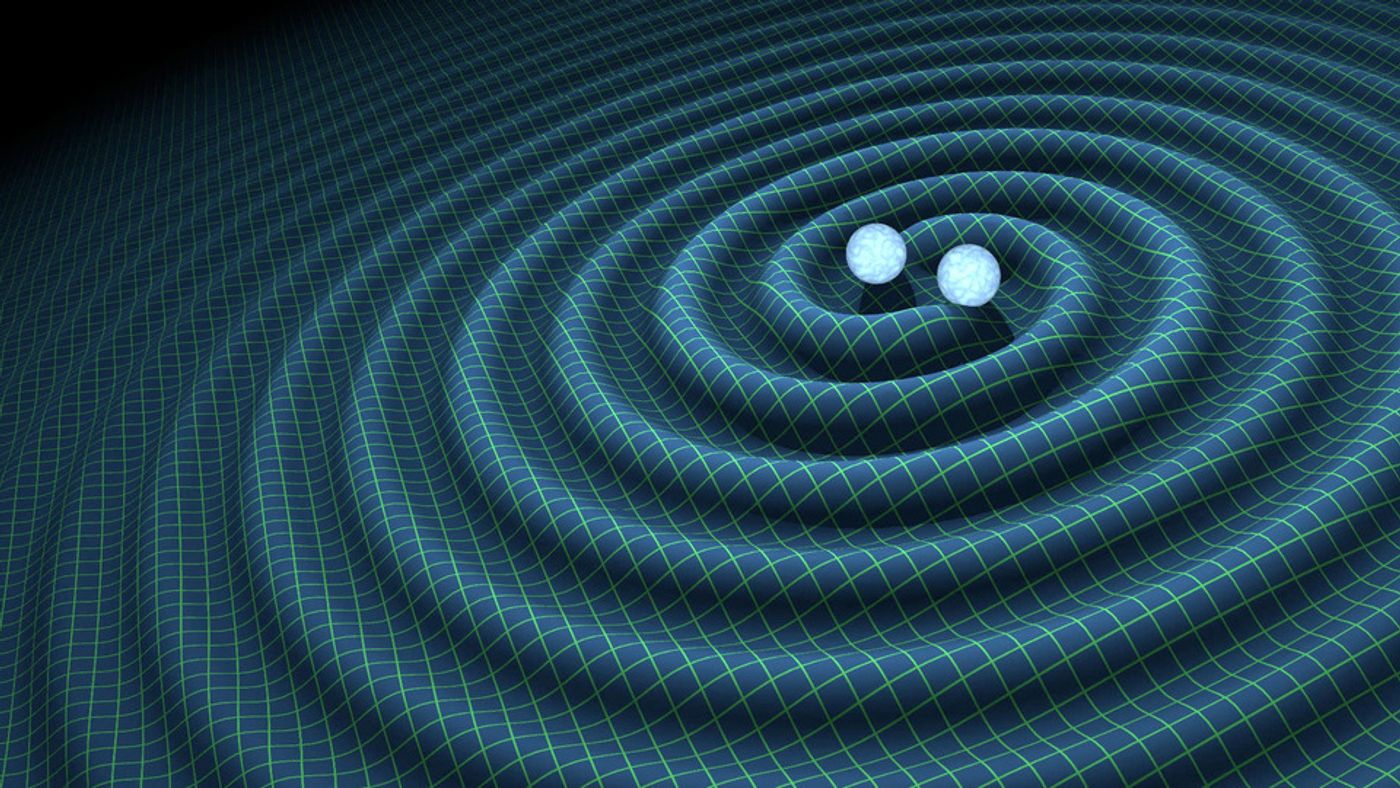Fourth Bout of Gravitational Waves Found by LIGO, Validated by Virgo
Gravitational waves are an intriguing phenomenon that occurs when two massive celestial objects, such as black holes, collide with one another in the depths of outer space. When this happens, it sends a powerful ripple through space that scientists on Earth can detect with precisely-calibrated detector equipment.
Image Credit: LIGO
Studying gravitational waves is still a new concept, and the Laser Interferometer Gravitational-Wave Observatory (LIGO) has been the primary source of gravitational wave detection since their initial discovery in 2015 (although, it was officially announced in 2016).
Related: LIGO detects gravitational waves for the second time
This week, LIGO announced that it had found gravitational waves for the fourth time, but the circumstances were different this time around.
LIGO’s discovery was backed up by findings from the European Gravitational Observatory’s Virgo detector in Italy, which works in similar ways. The detailed results will soon make their way to the journal Physical Review Letters.
Researchers recorded the gravitational wave activity on August 14th at 10:30:43 A.M. UTC. Only after further careful analysis to validate what they had found did they feel comfortable in making their announcement to the public.
A collision of two black holes located about 1.8 billion light-years away from Earth was said to cause the ripple through space-time. One of the black holes was approximately 31 solar masses, while the other was just 25 solar masses. The two eventually merged to form a larger black hole with 53 total solar masses.
By now you probably think that 25 + 31 = 56, so why is the newly-formed black hole just 53 solar masses? – We promise this wasn’t a mathematical mistake. According to LIGO, some of the mass gets lost in energy conversion during the merger; in this case, three solar masses.
Worthy of note, this is the first time the Virgo detector homed in on gravitational wave activity. It also came just two weeks after the detector began data collection operations. Nevertheless, scientists think Virgo is necessary for validating LIGO’s findings and strengthening our knowledge about gravitational waves, which remain little-understood forces of nature.
Related: Debate starts over the accuracy of LIGO's gravitational wave data
Fortunately, because LIGO isn’t the only detector around anymore, it should become more feasible to detect and locate gravitational waves going forward, allowing scientists to research them in more detail than ever before.
It will be interesting to see what future observations will bring and whether they’ll help us unlock the secrets of the universe. After all, we still have much to learn.
Source: Phys.org










